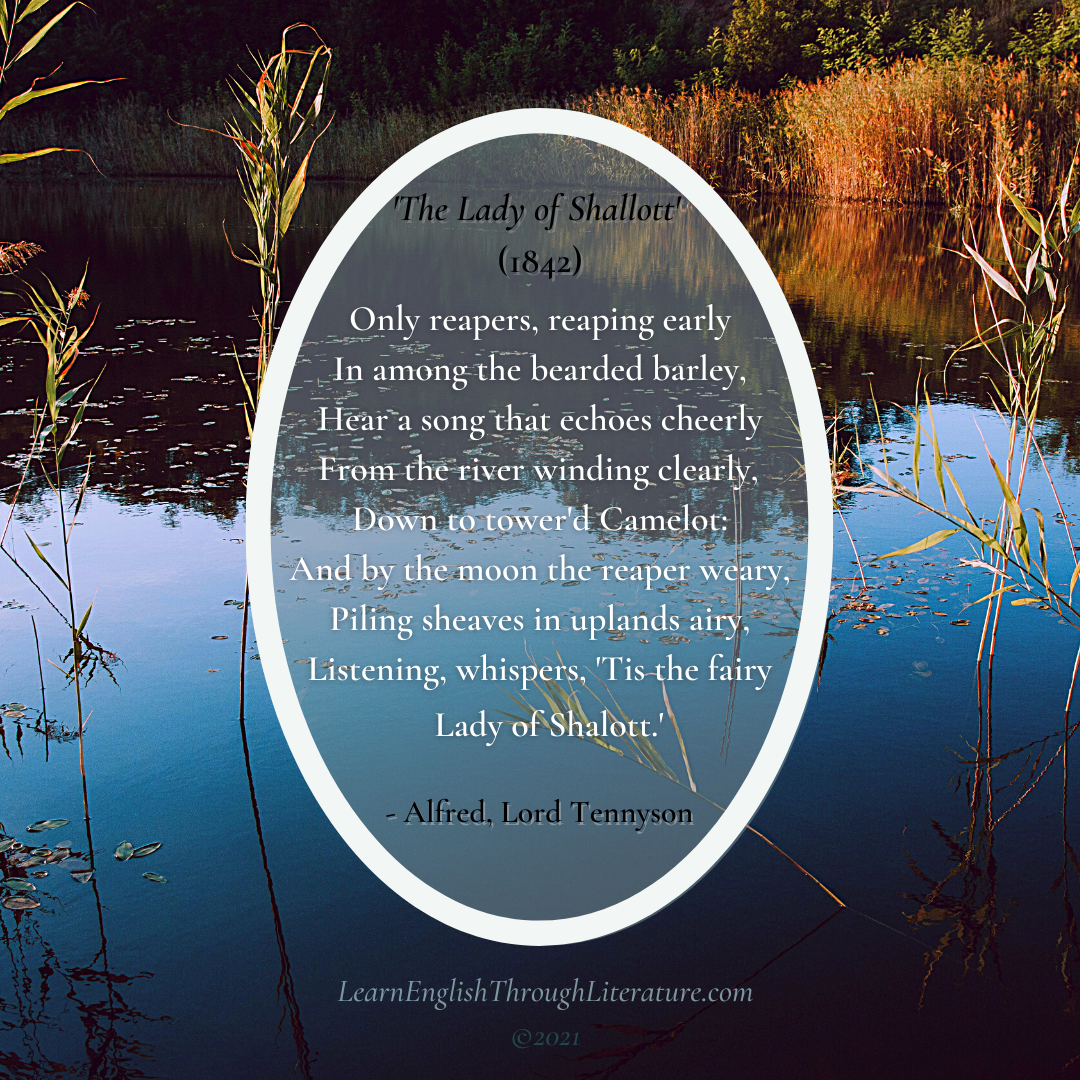
Lesson #163: Alfred, Lord Tennyson’s ‘The Lady of Shallott’
🖋️ How much have I looked forward to sharing today’s poem with you – Alfred, Lord Tennyson’s ‘The Lady of Shallott’ (1842 version). As a


🖋️ How much have I looked forward to sharing today’s poem with you – Alfred, Lord Tennyson’s ‘The Lady of Shallott’ (1842 version). As a
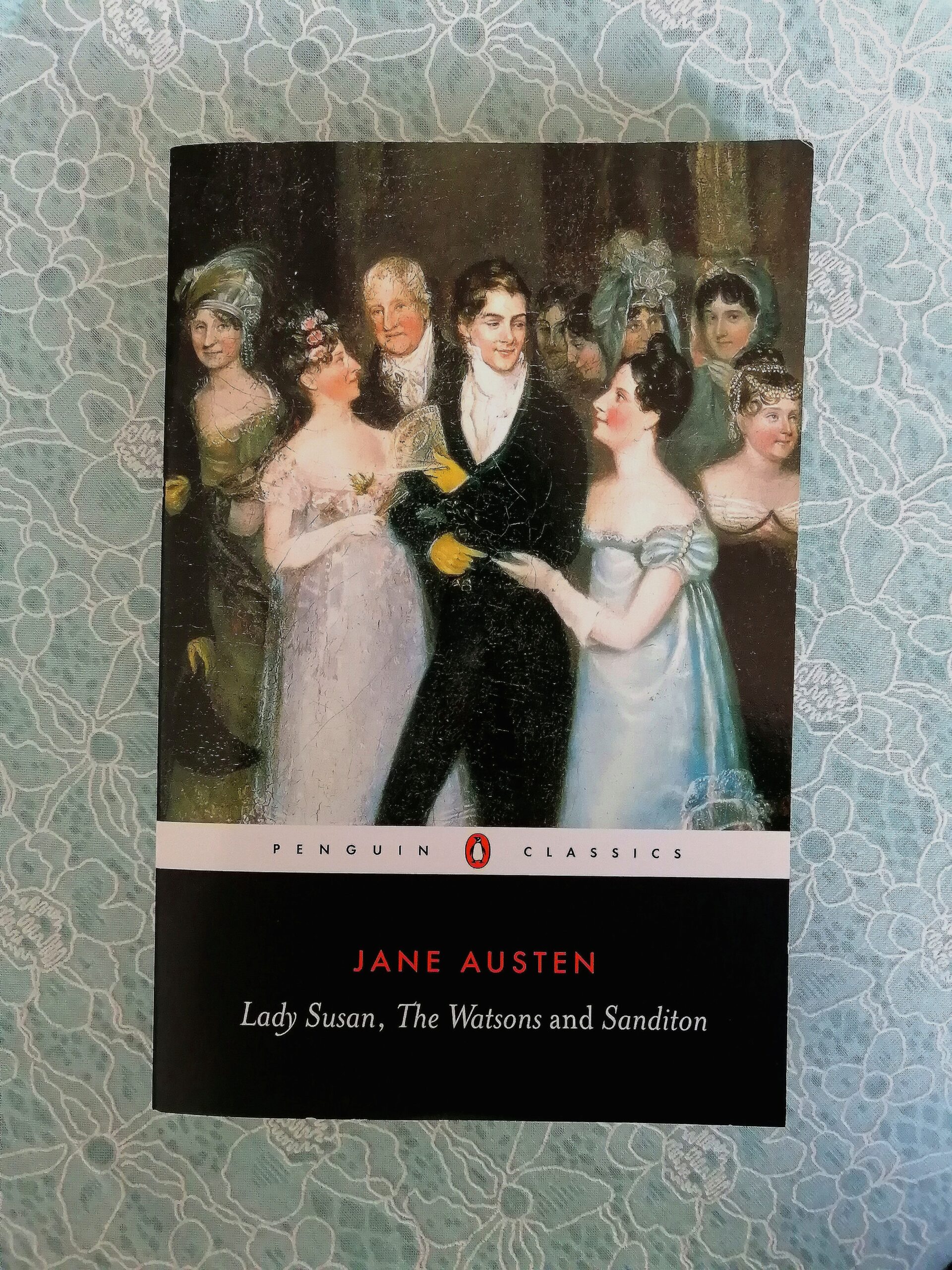
Nearly everyone knows about – even if they have not read – Jane Austen’s famous novels: Pride and Prejudice (1813), Sense and Sensibility (1811), Persuasion (1818), and
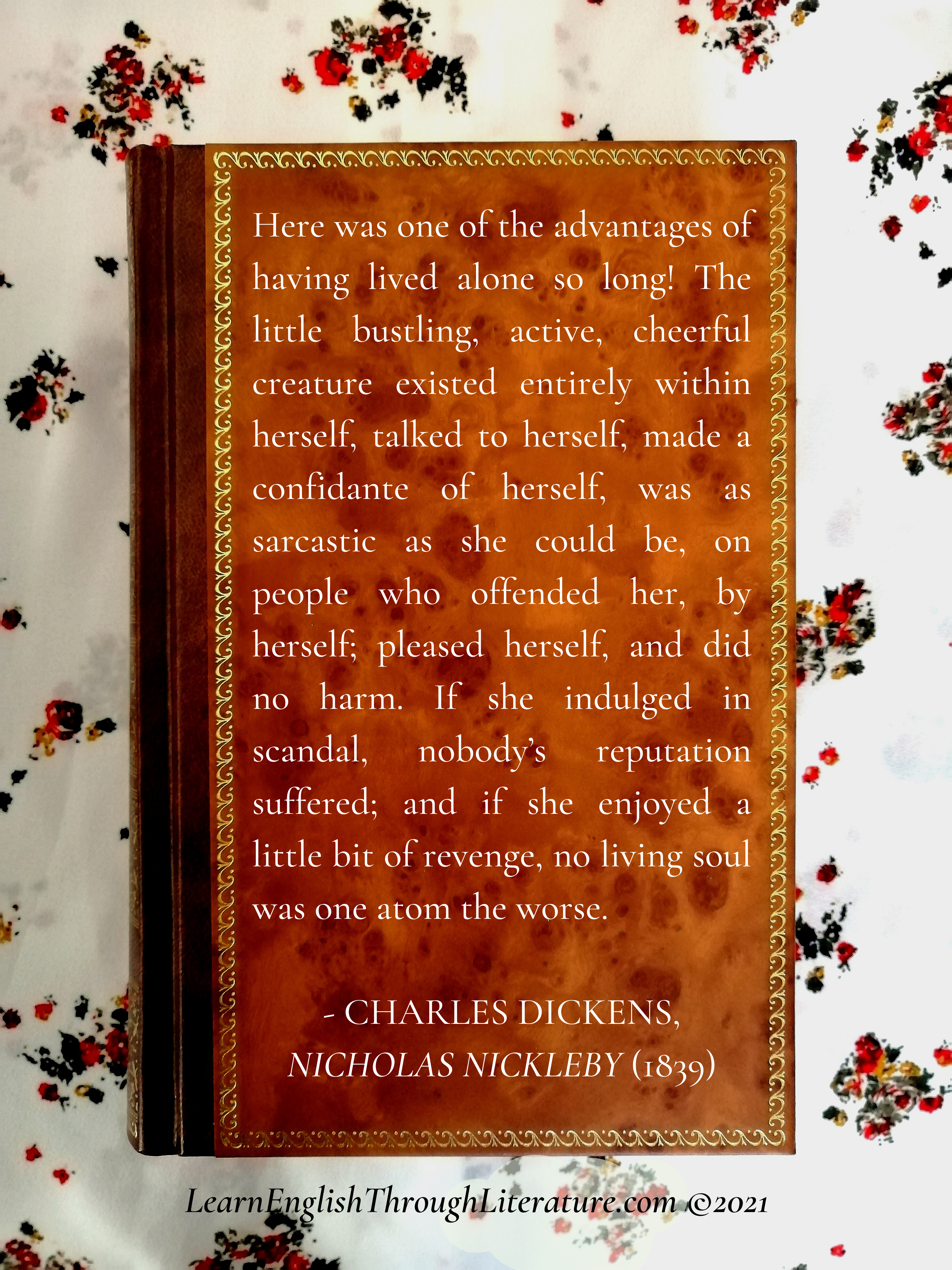
📙 Here was one of the advantages of having lived alone so long! The little bustling, active, cheerful creature existed entirely within herself, talked to

📙 The White House was on the edge of a hill, with a wood behind it— and the chalk-quarry on one side and the gravel-pit
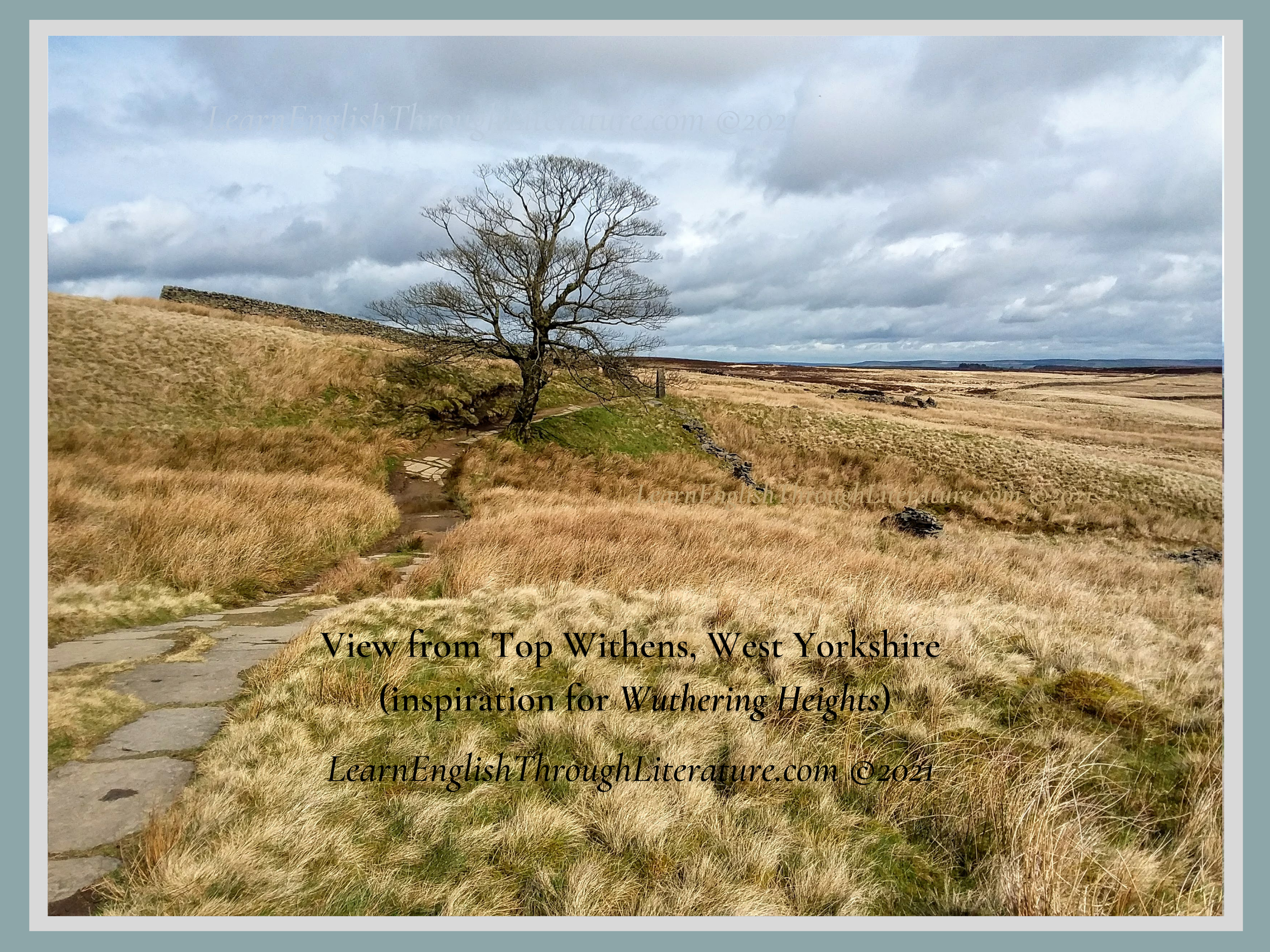
📗 ‘I cannot express it; but surely you and everybody have a notion that there is or should be an existence of yours beyond you.
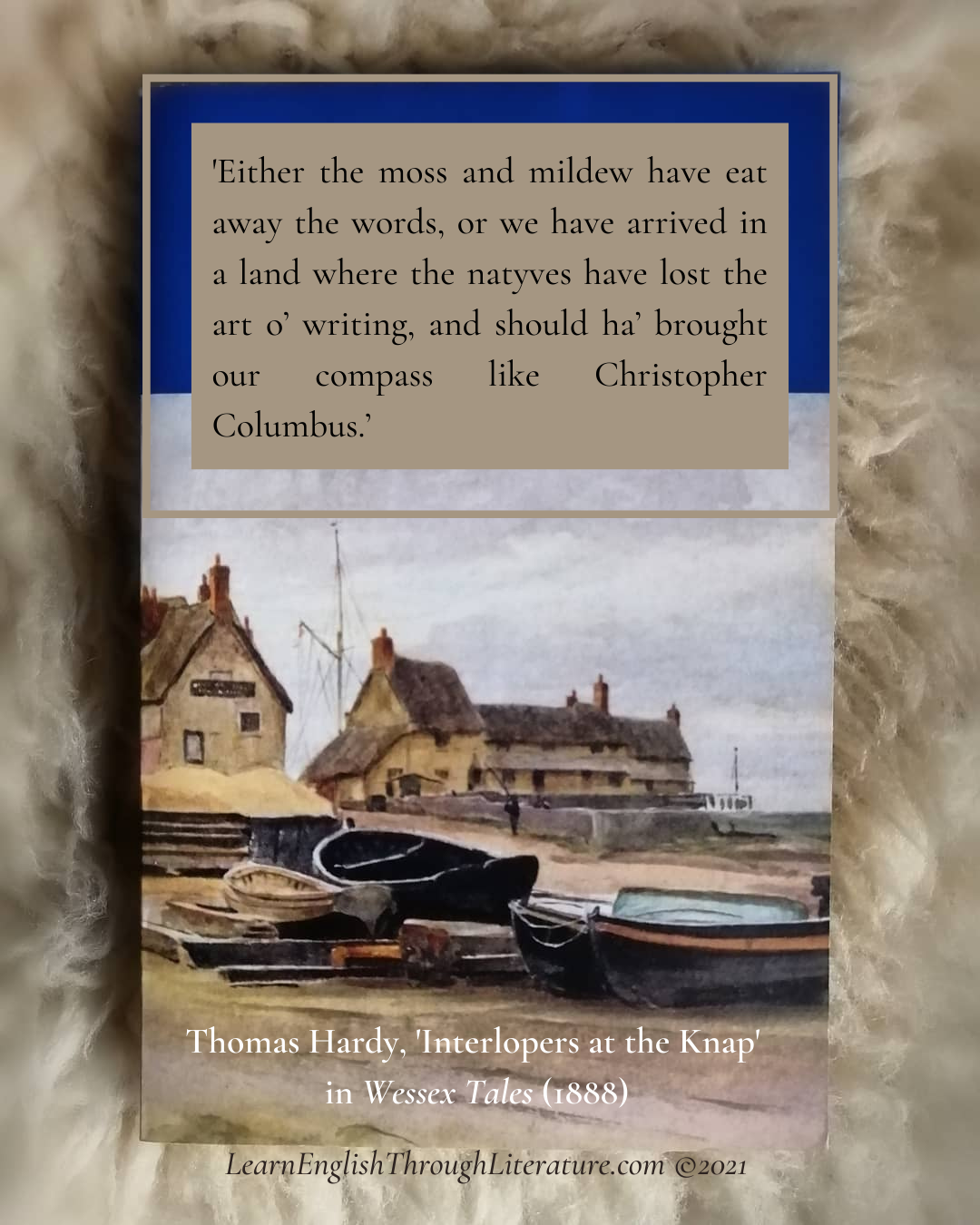
If you missed the first part of this lesson where we described the main functions of ‘either/or’, ‘neither/nor’, and ‘both’, you can check it out
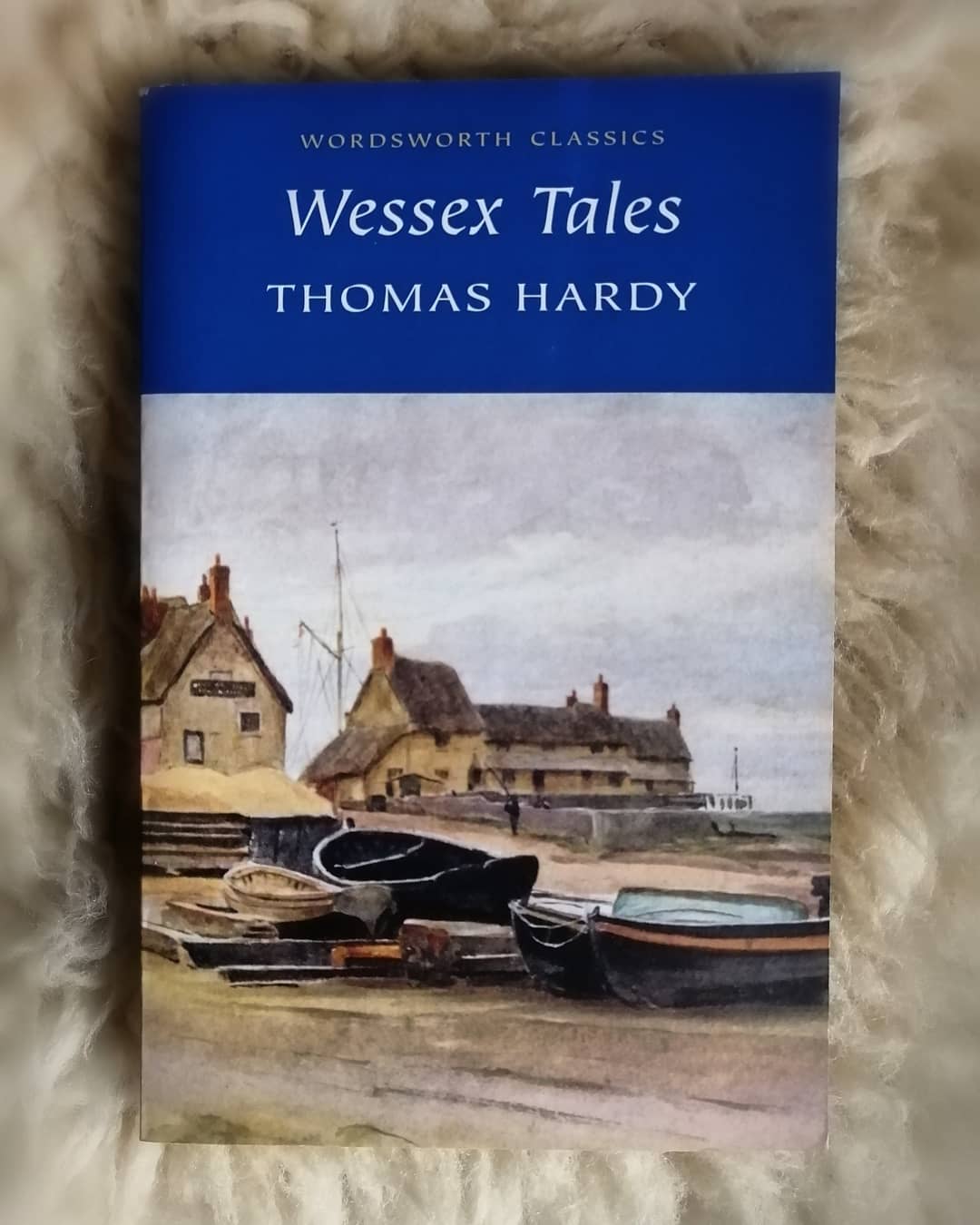
📘 ‘Lucy was never visible at these times, being either engaged in the school-room, or in taking an airing out of doors; but, knowing that
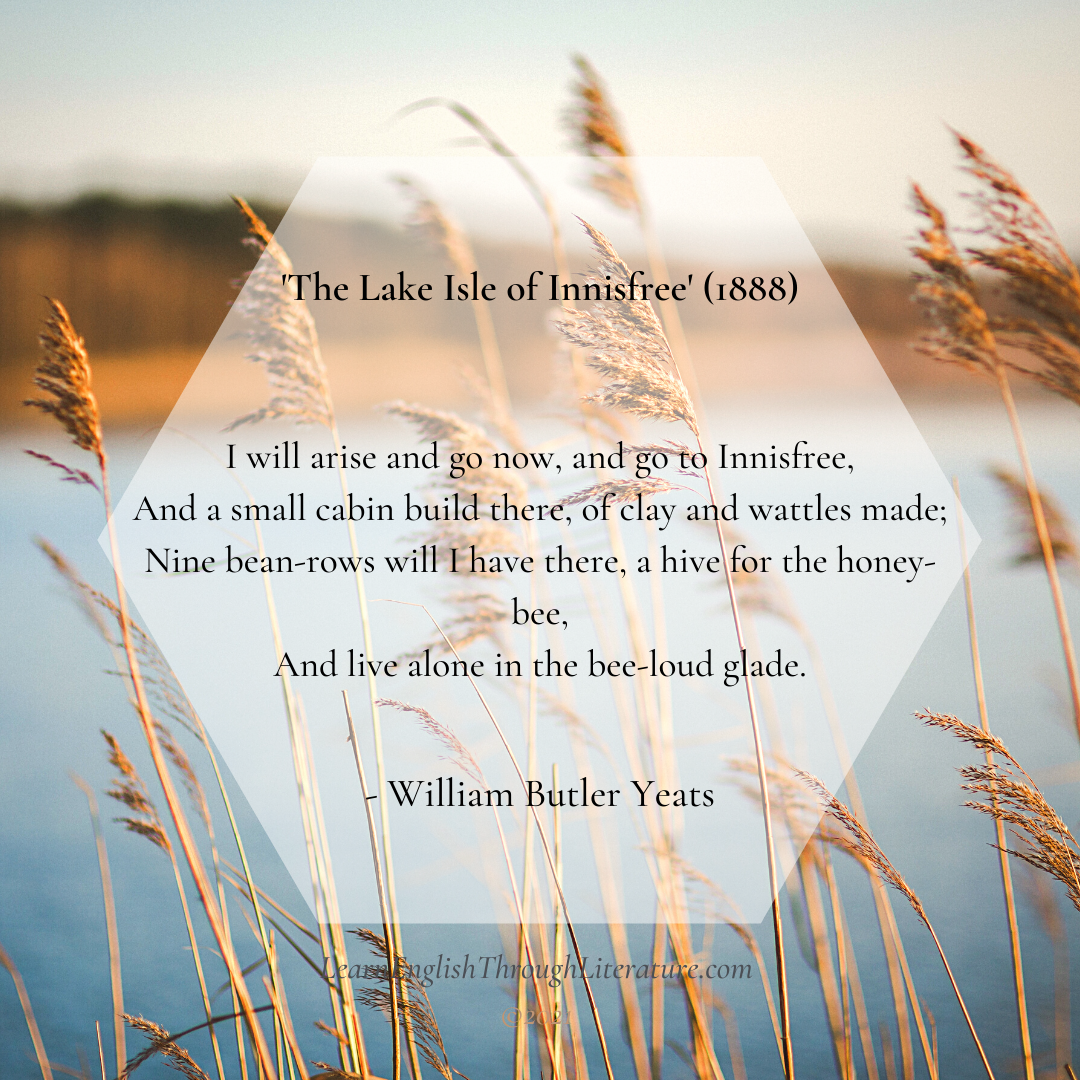
📜 I am sharing a poem today that I particularly like: ‘The Lake Isle of Innisfree’ by Irish poet William Butler Yeats (1865-1939). Yeats’ poem

📘 And so it came about, in the end, that Mr. Spenlow told me this day week was Dora’s birthday, and he would be glad